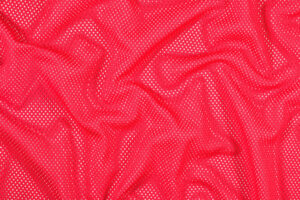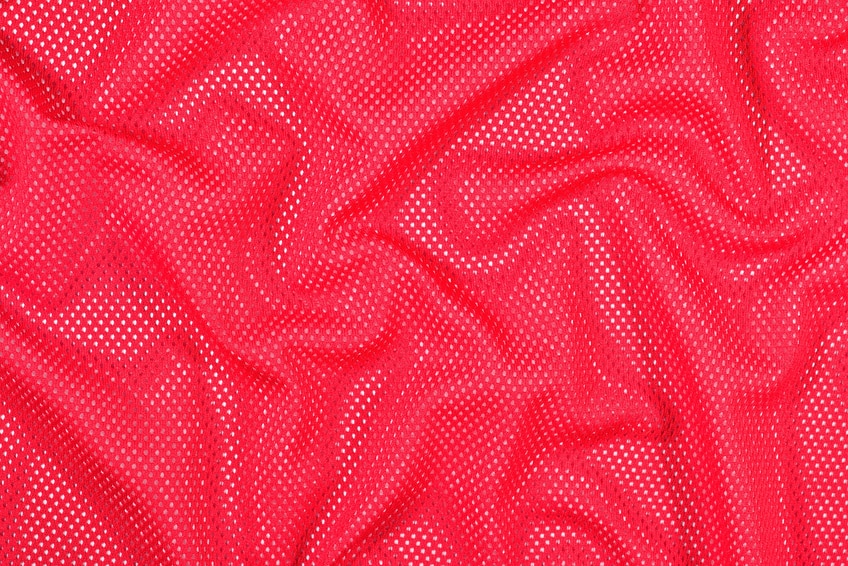 Engineers use spunbond nonwoven fabrics in a huge variety of applications, from automotive fabrics to disposable hygeine products. According to the University of Tennessee’s College of Engineering, spunbond nonwoven fabrics are quickly replacing traditional fabrics in many hospitals and medical settings. That’s because many nonwoven scrims and fabrics can be more resistant to fluid penetration, are more easily sterilized, lint-free properties, and feature better breathability, making them ideal for use in everything from sterile packaging to operating room gowns.
Engineers use spunbond nonwoven fabrics in a huge variety of applications, from automotive fabrics to disposable hygeine products. According to the University of Tennessee’s College of Engineering, spunbond nonwoven fabrics are quickly replacing traditional fabrics in many hospitals and medical settings. That’s because many nonwoven scrims and fabrics can be more resistant to fluid penetration, are more easily sterilized, lint-free properties, and feature better breathability, making them ideal for use in everything from sterile packaging to operating room gowns.
Researchers with the University found that civil engineers are the largest single users of spunbond nonwoven fabrics in recent years (emphasis ours):
“The civil engineering market segment remains the largest single market spunbond webs, constituting over 25% of the total. Spunbonded civil engineering webs cover a multiple of related uses, such as: erosion control, revestment protection, railroad beds stabilization, canal and reservoir lining protection, highway and airfield black top cracking prevention, roofing, etc. The particular properties of spunbonded webs — which are responsible for this revolution — are chemical and physical stability, high strength/cost ratio, and their unique and highly controllable structure which can be engineered to provide desired properties.”
For engineers looking for an up close look at the benefits of spunbond nonwoven fabrics, here are some of the properties that make them so incredibly useful:
-
- Excellent thermal properties
-
- Spunbonded web fabrics have superior moldability
-
- High strength to weight ratio, especially compared to woven and knitted fabrics
-
- Fray and crease resistant
-
- High dimensional stability
-
- Inherently UV stable makes them ideal for outdoor applications
-
- Good permeability
- Nonwoven fabric manufacturers can supply fabrics in widths ranging from 1” to 204” and basis weights from 12 gsm to more than 300 gsm
Though the general public might not realize it, many people encounter these fabrics on a daily basis. More than 8 million people fly on an average day, and many of them will sit on nonwoven fabrics used as airplane upholstery seat fabrics. Sadly, they don’t make a difference in those tiny seats, which are usually just 17 to 19 inches between armrests (at least in coach).
Learn more about using spunbond nonwoven fabrics here.










